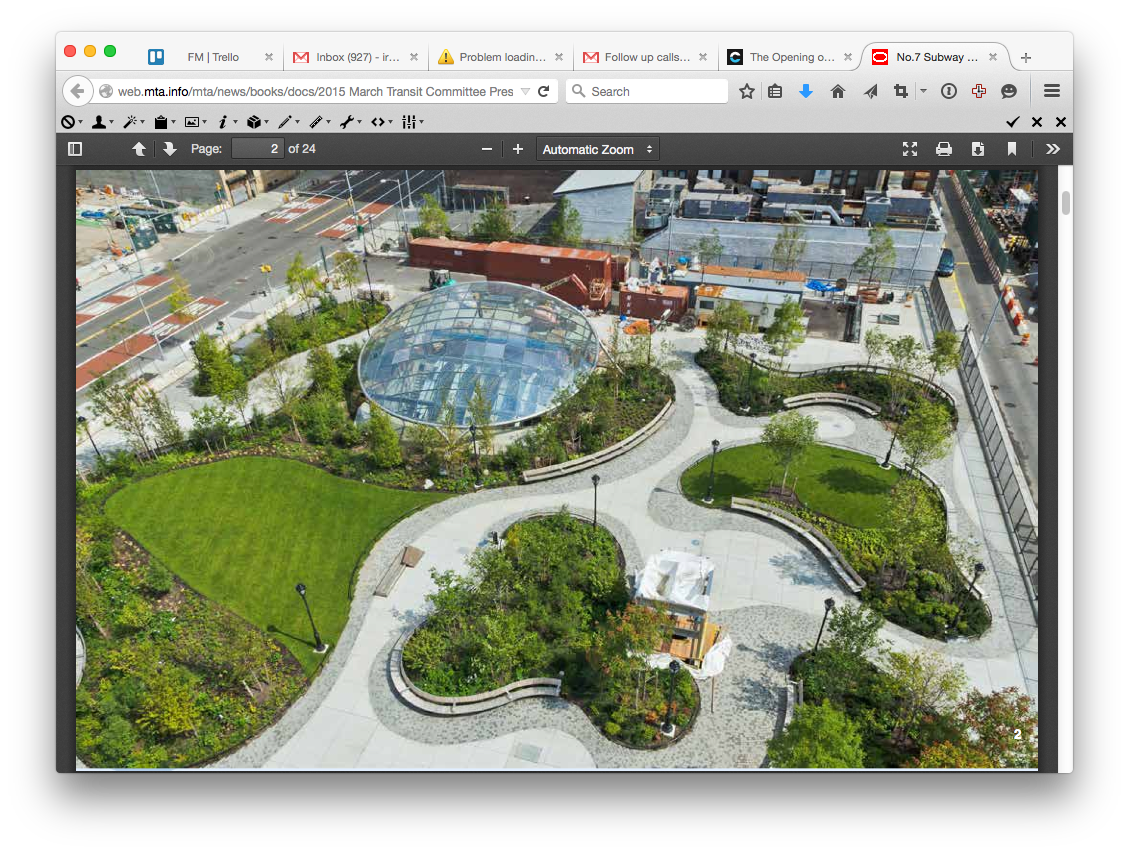
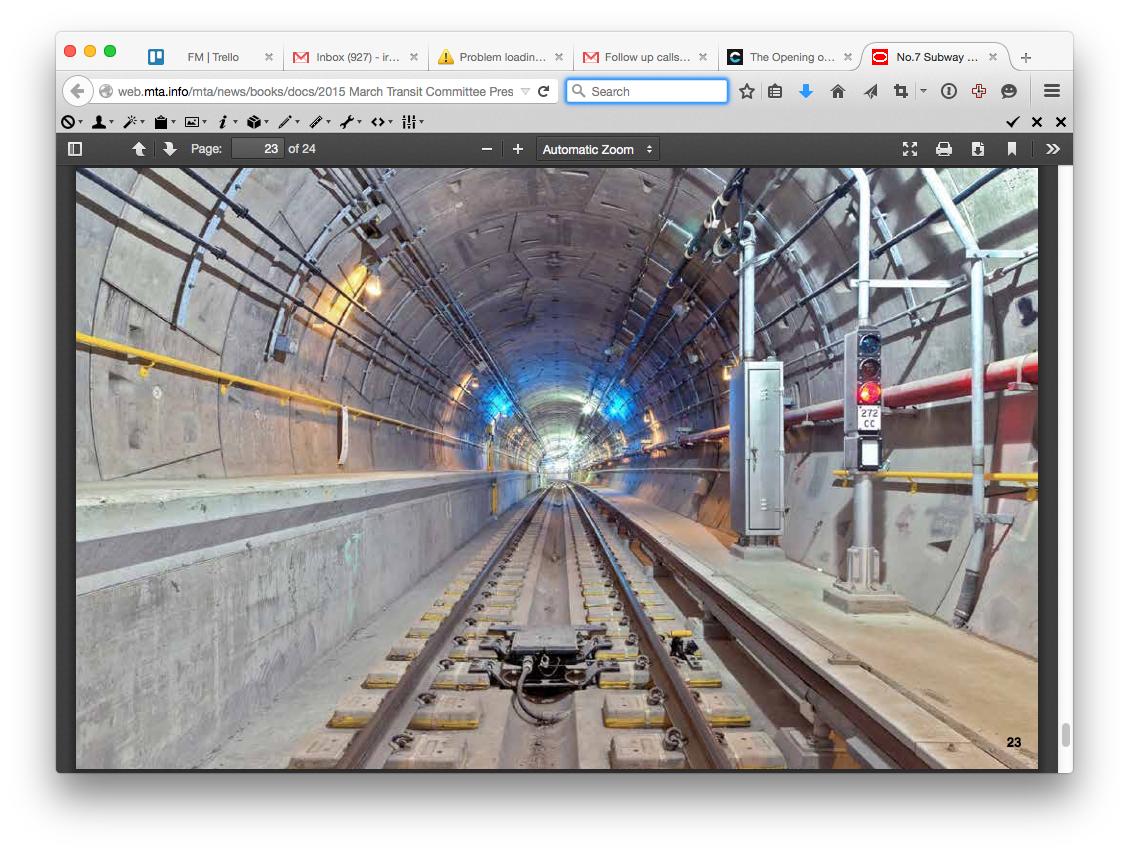
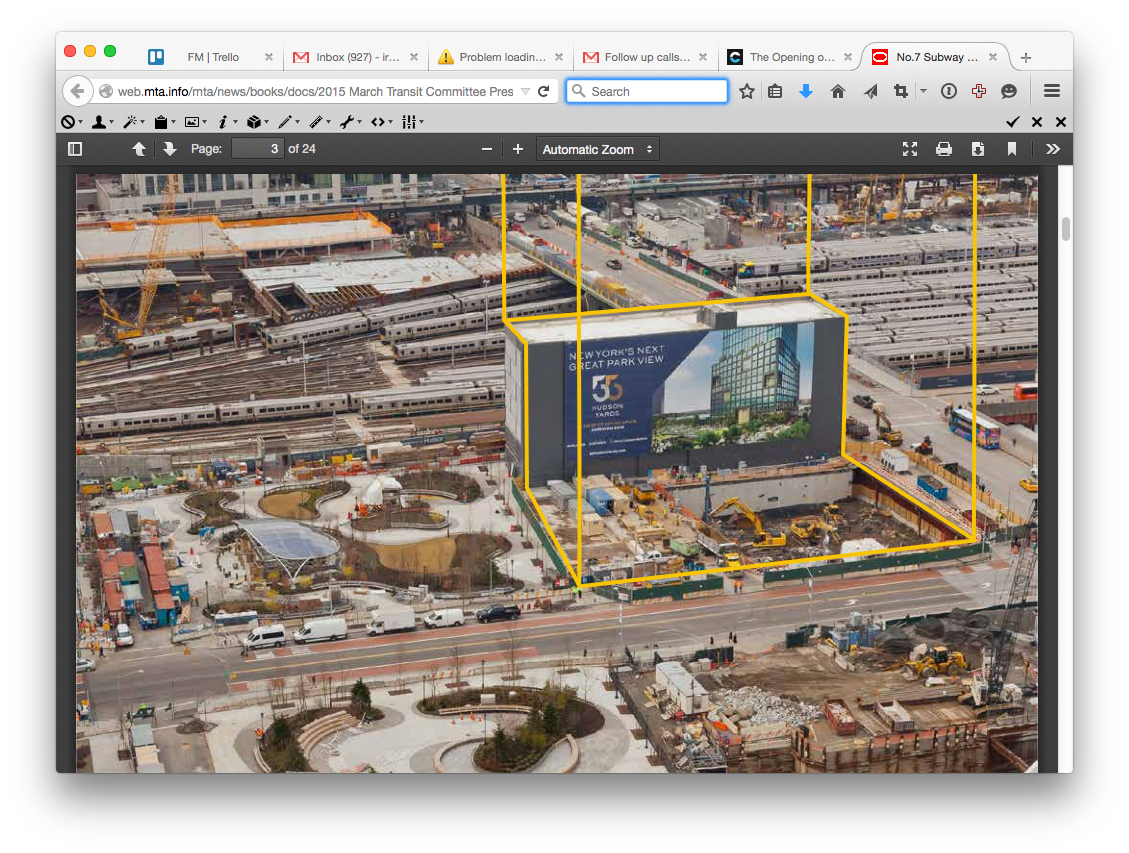
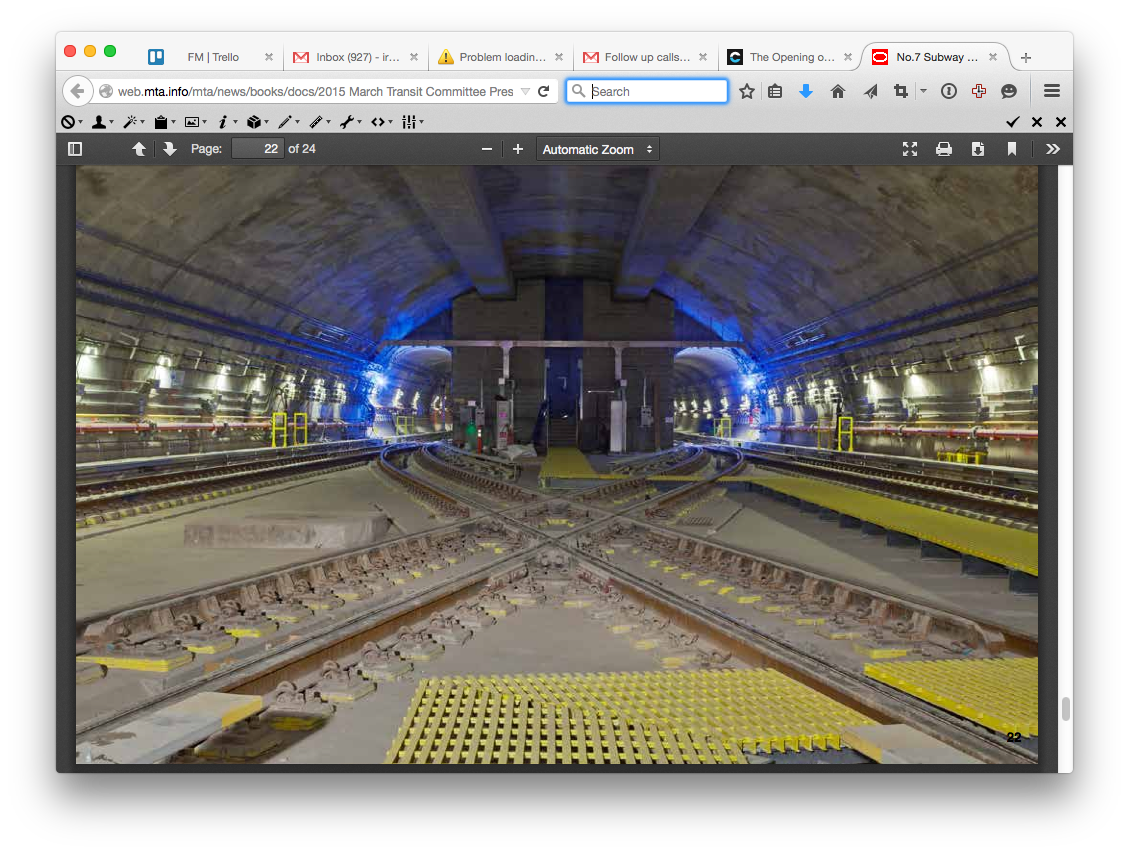
Original MTA No. & Subway Extension pdf.
Public Space ✅ Parks✅
Transportation Hub✅ Skylight✅ Drone Launch Pad ☐
DEVELOPMENT TIME-LAPSE
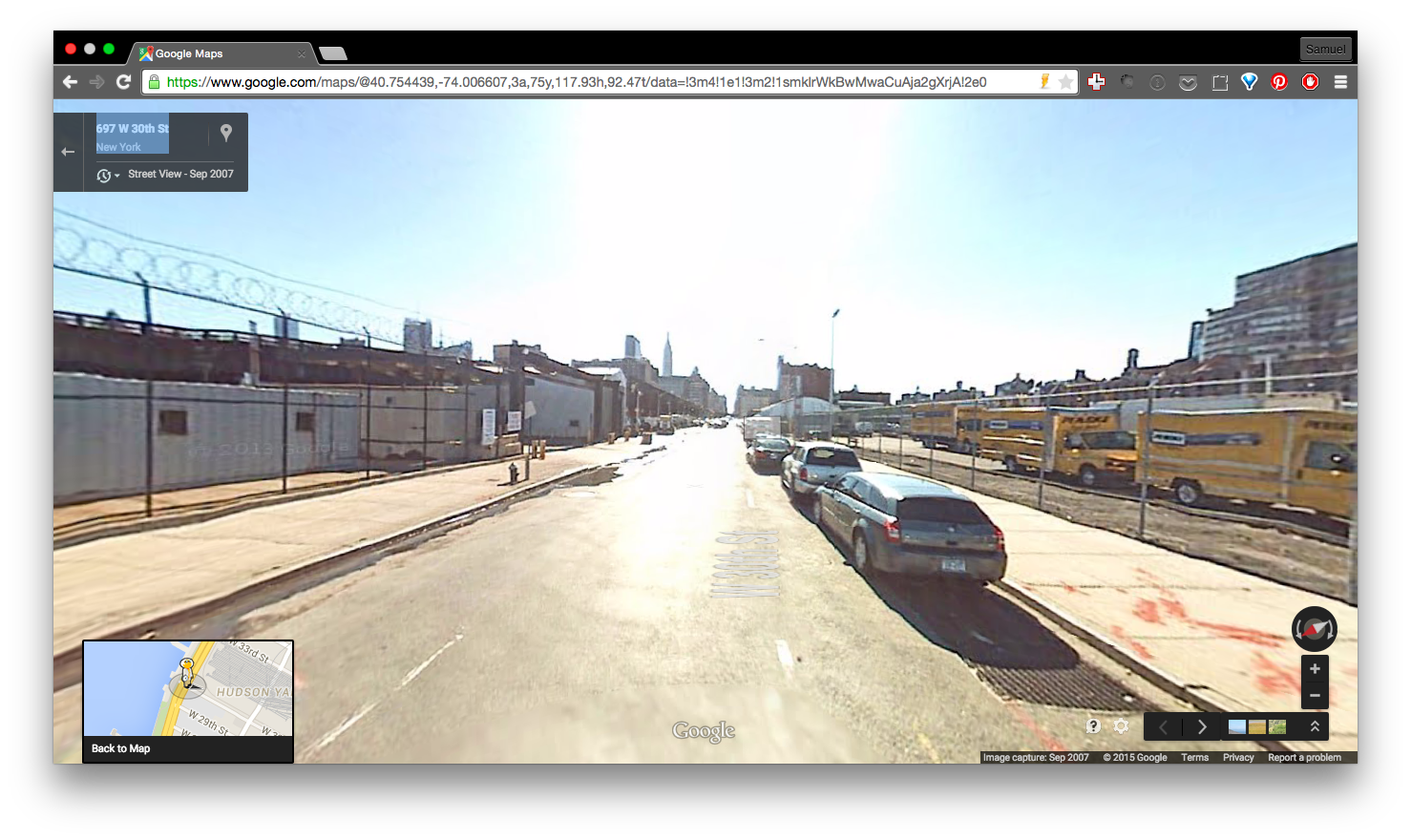
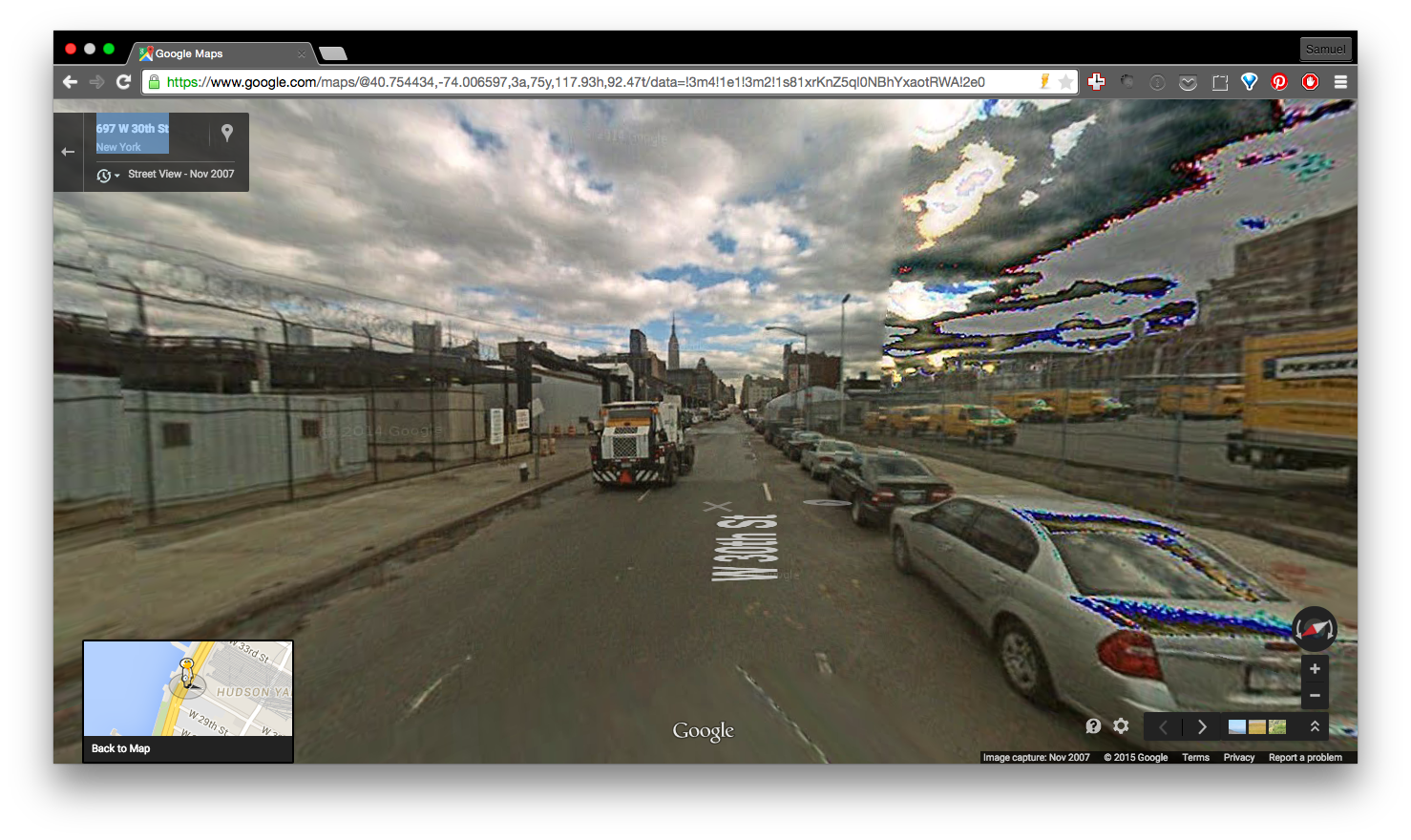
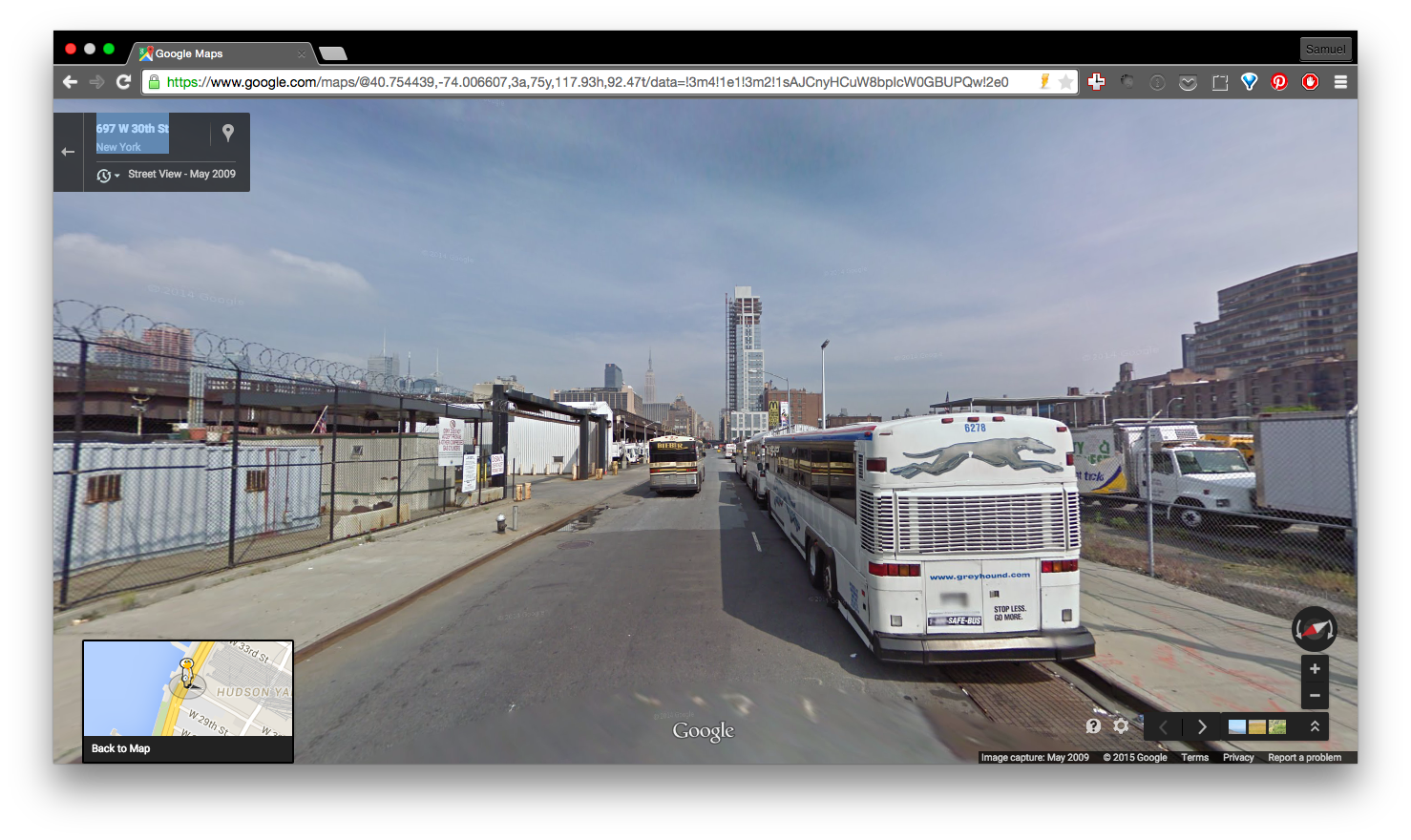
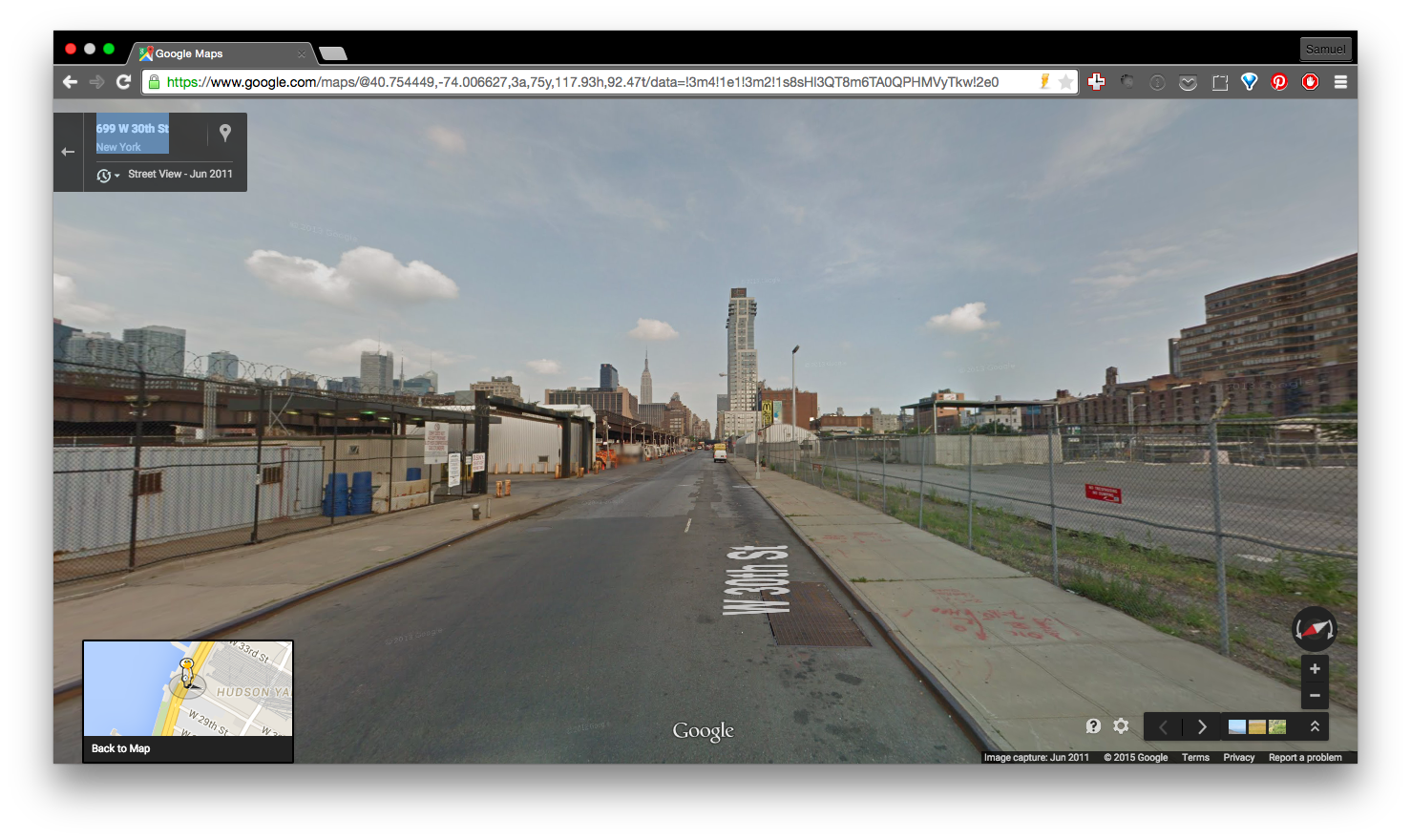
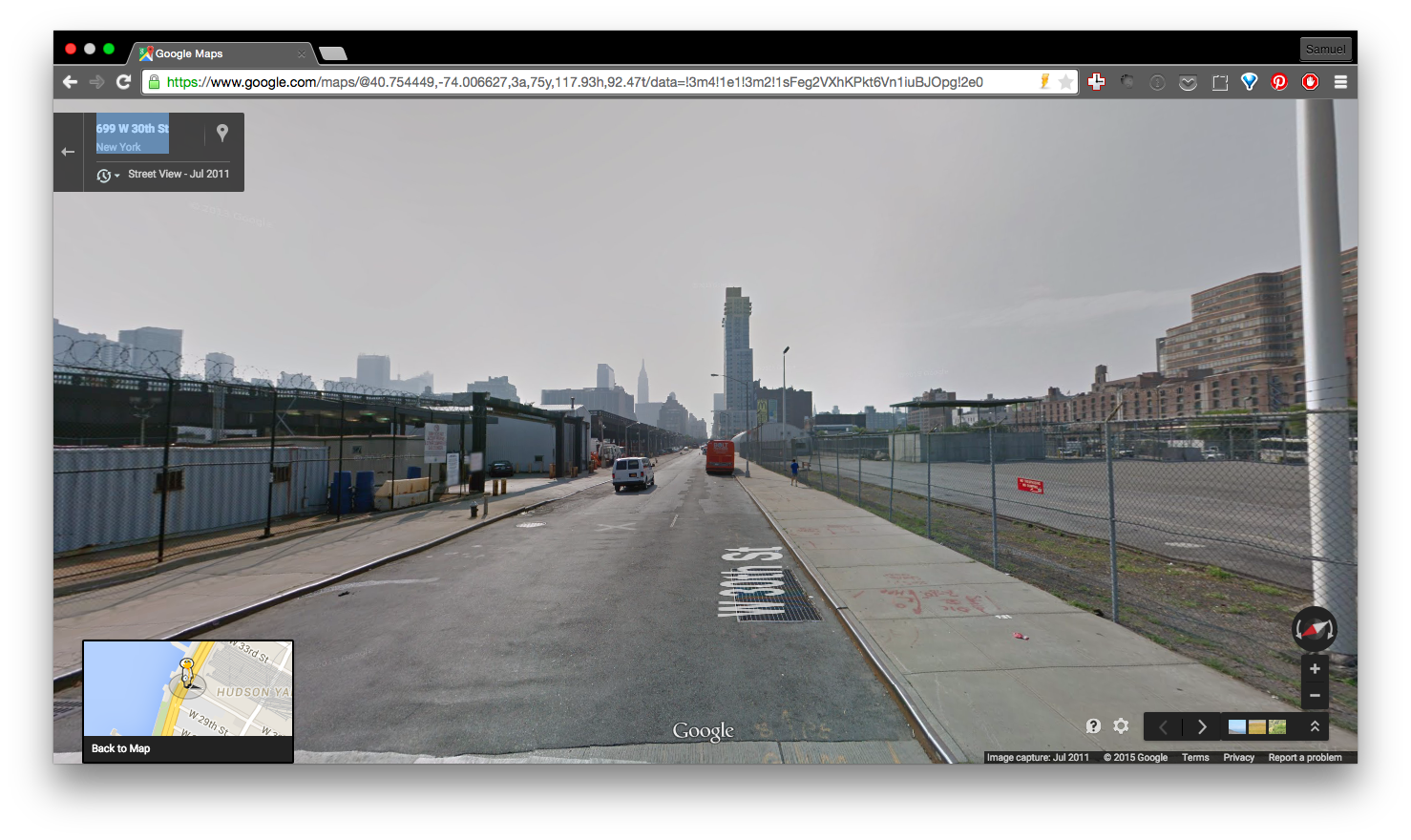
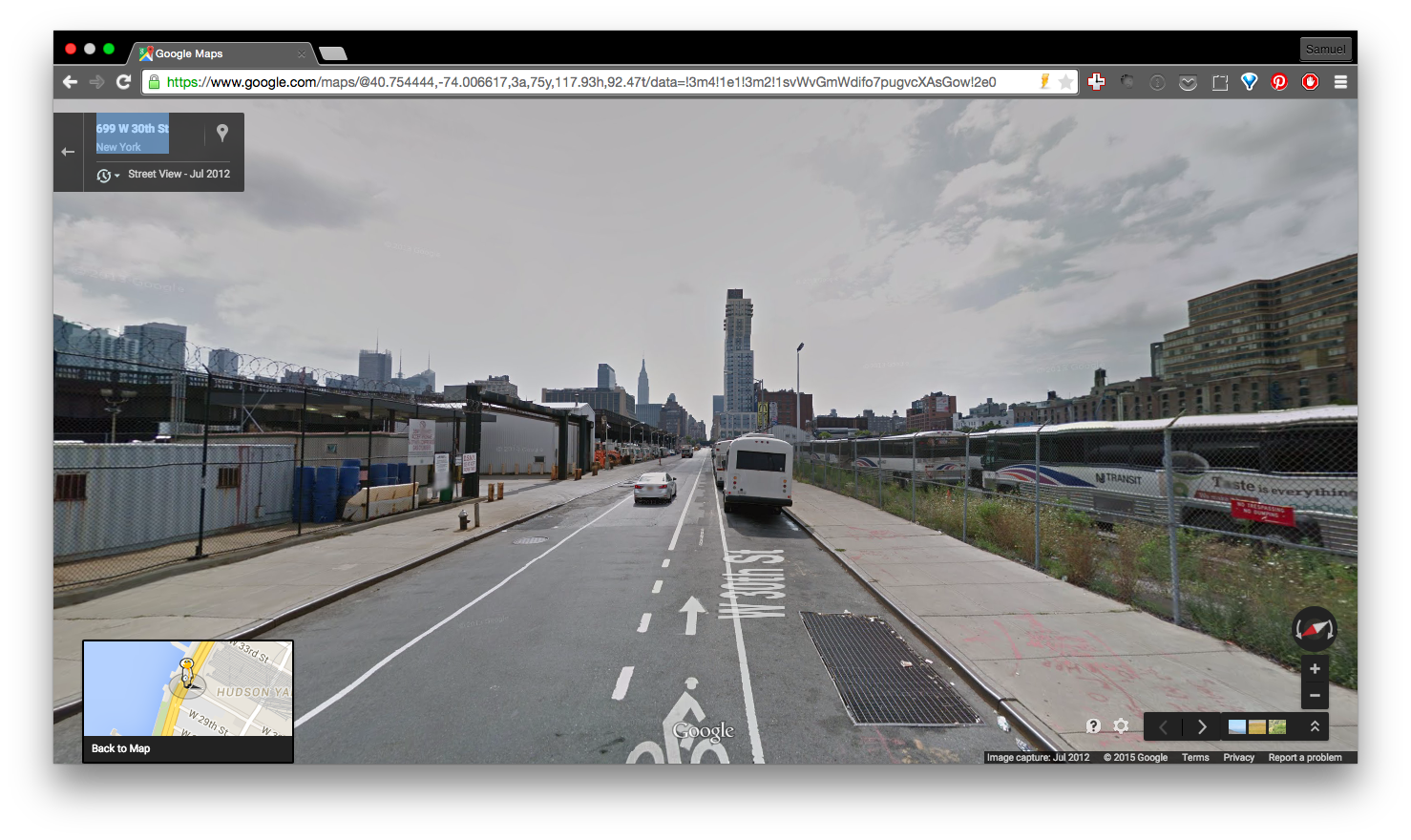

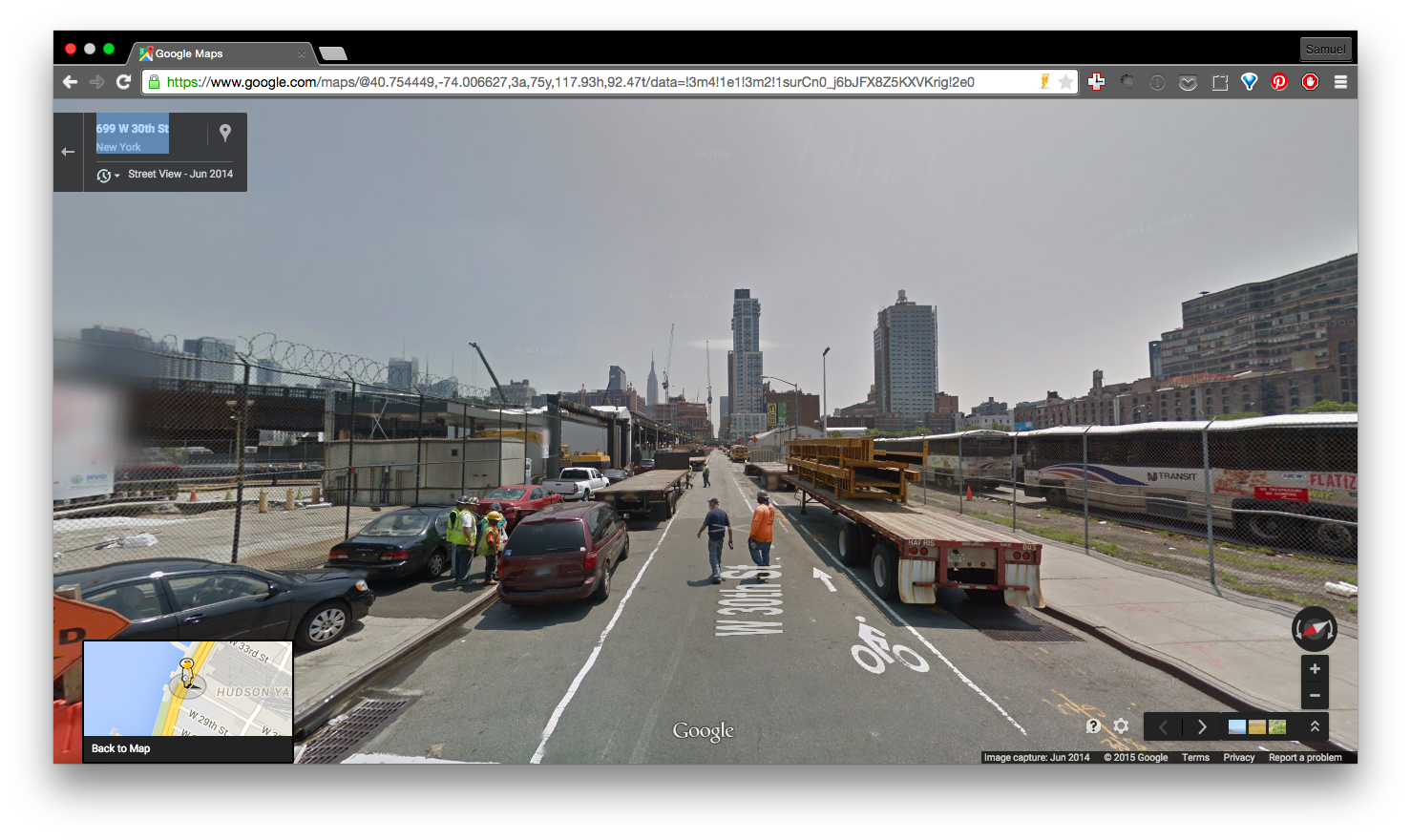
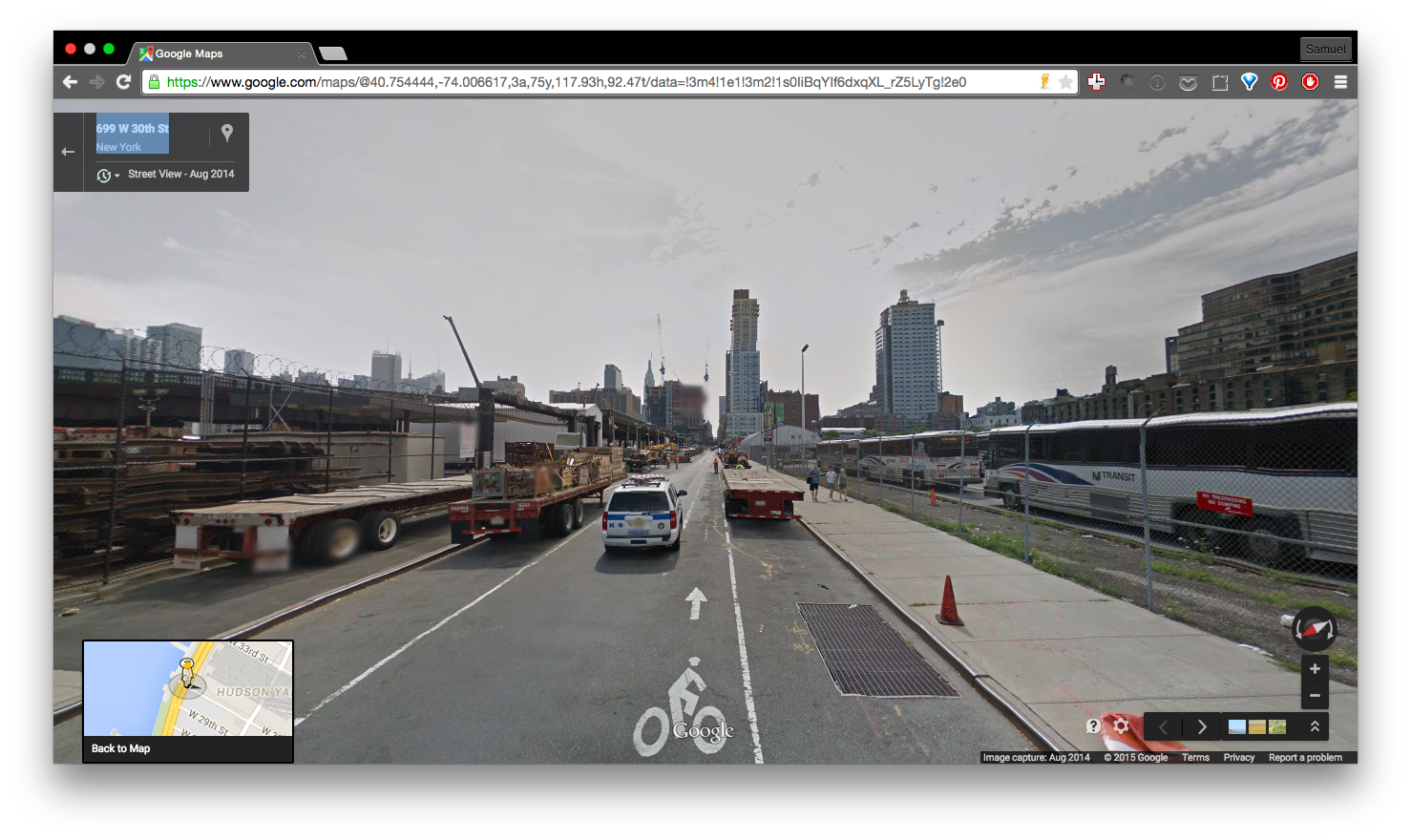
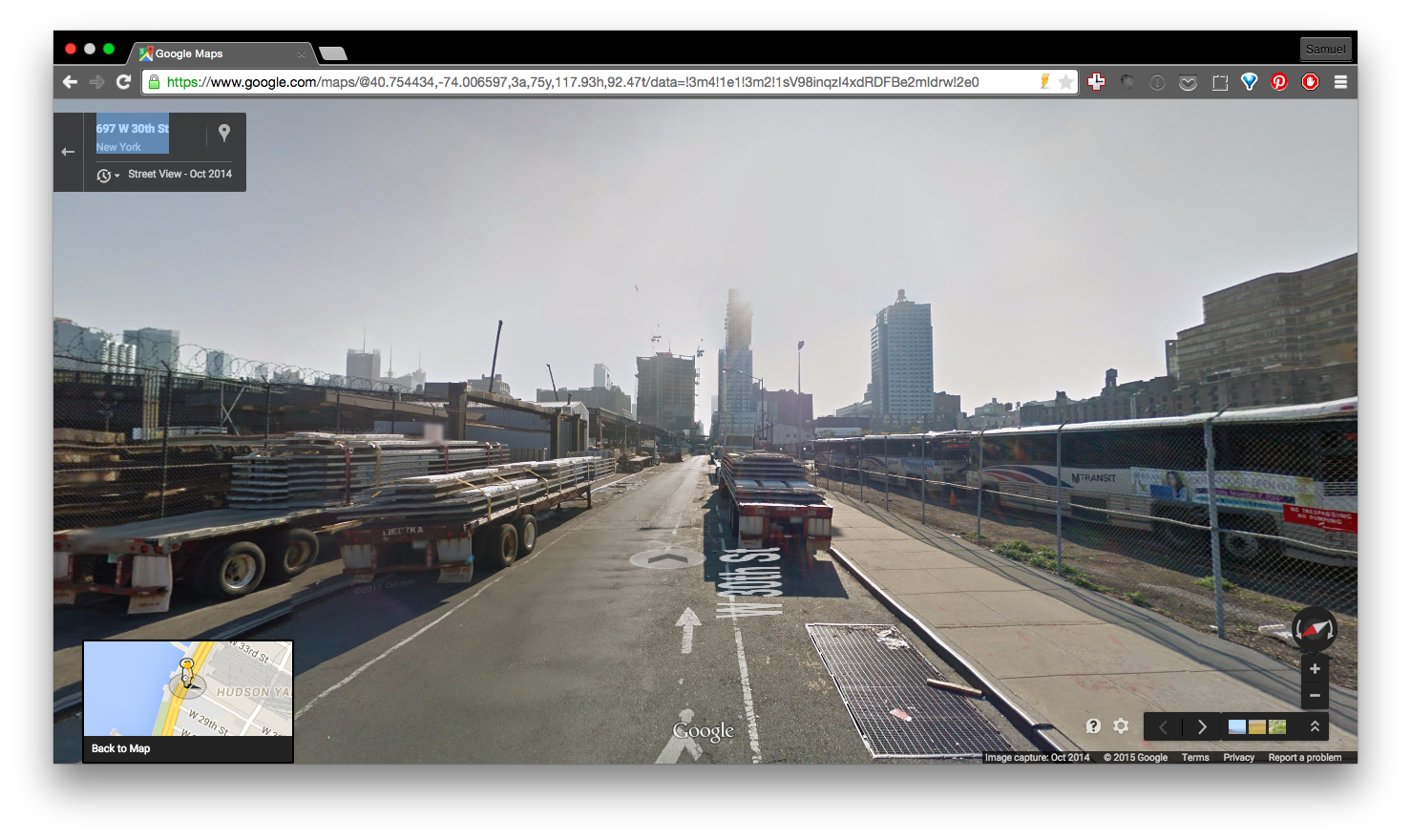
Original MTA No. & Subway Extension pdf.
Public Space ✅ Parks✅
Transportation Hub✅ Skylight✅ Drone Launch Pad ☐
Bjarke Ingels spoke at Parsons and presented his amazing works as well as a vision for the future.[singlepic id=646] See chunked notes for details.
Bjarke Ingels proposing that we're "not designers of 2d or 3d objects" but rather "designers of ecosystems" that "channel not only the flow of people, but also the flow of resources through economy and ecology."
Hedonistic Sustainability dragon symbolic of China swan of Denmark
Comparison between Shanghai and Copenhage relating Shanghai to Copenhagen, but Shanghai is not your typical Chinese city and has a history of being cosmopolitan with it's large expat community and growth from a port city. [singlepic id=642] World Expo collaboration with Ai Weiwei on the installation of the "Remote" installation for Little Mermaid
"If hollywood starts ripping off sustainable architecture," maybe "we're moving towards hedonistic architecture"
He looks at "coming back to the way the building is created for people." [singlepic id=649] Yes is more "Less is more." Mies van der Rohe - minimalistic aesthetic "Less is bore." -Robert Venturi "I am a whore and am paid very well for building high-rise building." - Phillip Johnson [singlepic id=660] Evolution "Rather than revolution against society, ... evolution with society" [singlepic id=669]-Drawing Darwin's evolutionary tree
[singlepic id=652] Architectural Alchemy Similar to Jason Severs of frog reffering to some clients viewing design as "the dark arts" (see notes), and Valerie Casey of Designers Accord noting “the myth of designers as magicians” (see those notes) I am seeing that as a theme that keeps popping up in presentations, the mystique behind, or rather infront of, design.
Project in Denmark "Lively and diverse when you're building a city from scratch"
New York a vision with "an oasis in the city" [singlepic id=659]an animation of what New York can look like in the future.
Public Participation he notes most of his work is private commissions
created a "public service marketplace" -it contained 11 different departments - so they created a prous organizattion [architecture based off of the organization] -condensed village of public administration -the roof "invites the citizens" into what looks like a roof top lounge. -instead of a tower they proposed a "political reflection" -containing a giant mirror that shows an overview of the city -this "democratic parascope." also allows the people outside to see what the politicians are doing inside.
"linear library - the ideal sturcture" "so a circle combines linearity with efficiency" "a continuous loop of public programs warpped around an ideal archive" the exterior was created to be a mobius strip somewhat resembling the Yurt of the Kazakhs the center of which is a coutaryd which is entered before you enter the actual library.
when meeting with the president they saw a work of contemporary art that looked errily like their proposal. "rational and rigorous argument to create the most compelling argument"
on the waterfront of Nuuk, the capital city a loop that receives an imprint of the ground it sits on. "integrated withe the nature and the topography" the presnts an "unfoled section" view showing a singley linear view [realtes to concept of time experienced through a subjective path]
The Big Picture [singlepic id=667]Loop City "what we need to do is not focus myopicly on the danish side, we need to focus at the Swedish side.."
[singlepic id=666]"The same size as the San Francisco bay area" [singlepic id=654]"The train system serves as an an energy spine for charging electric cars" (which are tax free in Denmark costing a 3rd of normal cars)"
Social infrastructure [singlepic id=655]synergies - ex: excess energy from industry becomes heat for the public baths.
A waste to energy plant [singlepic id=673] Since there are extreme sports like race-carting around in the vicinity, BIG proposed a ski resont ontop of the power plant. You can use normal ski equipment on a to allow for a "hybrid of bikini skiing" In the winter snow can be "created by blowing air [or moisture] through the system with no energy expense." Excess water is drained thru the facaces to fill planters on the windows. He then presents the initial vision [see fist cellhpone pic] to design cities as ecosystms of buildings.
The chimney smoke isn't toxic, but does have CO2. 1/10ths of a ton of CO2 "One of the main drivers for behavoir change is knowledge." "If they dont know they cant act."
Pragmatic Utopia "Economically and ecologically sustainable" "You make it socially sustainable because it gives the city a public space and social function that would otherwise be nonexistent." "The vision of future cities." "Pragmatic utopian master plan for the future."
This is the slide he opened with, as well as the slide he closed with. I think effective presenters plant a seed a the beginning of the talk and then refer back to it at the end. This allow them to loop to a conclusion that you already knew but has grown. [singlepic id=671] [singlepic id=672]packed house. [singlepic id=674]more than 970 slides
More Bjarke Ingels Group - http://www.big.dk/
Many of his projects he presented you can see on TED.
Other pieces presented: the parking + apartment peice in Denmark -"the facade turns into a rasterized image by the holes drilled into the aluminum"
Thoughts As an architect he looks at multiple domains to develop metrics to create qualitative experiental and places. That is something most service designers don't do very well.
Space is gorgeous, has an emotinal impact. Service design we don't place emphasis on the changing the physical space. So there is a need to emphasise the emotion of the experience.
Q's [singlepic id=657]What more can we do? How unsustainable Chinese architecture and development is The emphasis for China to become a consumer culture. Green Energy in China. [my general Q's to expand on]
Guest Lecture by Bjarke Ingels at Parsons Original event information: March 10, 2011 6:30pm Kellen Auditorium Sheila Johnson Design Center 66 Fifth Avenue [singlepic id=640]Thanks to SCE The MArch program presents a lecture by Bjarke Ingels of BIG- Bjarke Ingels Group. Bjarke Ingels started BIG-Bjarke Ingels Group in 2005 after co-founding PLOT Architects in 2001 and working at OMA in Rotterdam. Through a series of award-winning design projects and buildings, Bjarke Ingels has created an international reputation as a member of a new generation of architects that combine shrewd analysis, playful experimentation, social responsibility and humour. In 2004 he was awarded the Golden Lion at the Venice Biennale for the Stavanger Concert House, and the following year he received the Forum AID Award for the VM Houses. Since its completion, The Mountain has received numerous awards including the World Architecture Festival Housing Award, Forum Aid Award and the MIPIM Residential Development Award. Recently, Bjarke was rated as one of the 100 most creative people in business by New York based Fast Company magazine.
Original event information via: http://sce.parsons.edu/2011/03/04/guest-lecture-bjarke-ingels/
[nggallery id=54]
The panel focuses on three cities— Dubai, Las Vegas, Bangkok—to interrogate narratives that describe the relationships between cities and time. I could not make the talk as I am at Interaction 11, but here are some photos I took in Bangkok.
[singlepic id=526]Lumpinee Park - features a running track and public weight lifting station, pretty much an open air gym in addition to a nice place for a picnic. [singlepic id=527]Traffic at night. [singlepic id=528]Bed Supper Club. [singlepic id=529]Graffiti. [singlepic id=530]A soccer net mended with old shoes.
Panelists: Brian McGrath, Parsons The New School for Design Aseem Inam, Parsons The New School for Design Stephen J. Ramos, Harvard University Graduate School of Design
Moderator and Contact Person: Scott G. Pobiner , Parsons The New School for Design Scott's Bio
Time: Tuesday, February 8 · 6:30pm - 8:30pm
Location: Parsons The New School for Design / Theresa Lang Community and Student Center Arnhold Hall 55 W.13th St New York, NY
[nggallery id=44]
URBAN@PARSONS PRESENTS:
[singlepic id=599] My Chunked Notes: Image of stakeholders diagram showing relationships and influence mobilepic 1 patchworks mobilepic 2 social ecological structure
Miodrag Mitrasinovic "These schools got together because we share two things in common. One of which is social inclusion the other of which is design."
3 lenses of design 1. Human centered approach- not top down, not formal But from middle out 2. Process orieted approclav not driven by form or driven by interaction. But driven by socio enivonrmental and political action 3. Nexus of teaching, researh, knowledge and action
"How we can uneaeth new bodies of knowledge and codefiy them across the differnt types of action in the spectrum?"
Threads that went through all of the presentations: -Social inclusion -Designs' capacity to bring about change -Promiscuous areas
[singlepic id=600] Teddy Cruz "The right circle concept of cities is a sociological concept organizing data. Cities are based on permiscuois systems. Like la la didn't have a grand plan." "Designers are schizo by nature." "We can create new social relationships." "Without alterting the very rigid economic policies and political framework." "Design can become a service to rethink the economic policies and political frameworks"
"The science of the city and interieing in the city. The designer can be the one to intervene with the problems in the city. Design can come to a resolution of the conflict that words could no longer don. The power of negotiation through design can create a spatial solution" (But I think that it also provides solutions that are not just spatial). "Design can "do more than talk but [actually] create agency."
Not just "spatial relations and visual representations. But also the ability to is not led by buildings or systems but by the reorganized social systems. Corporations and co-managers of resources. My own cirticq of my own process...we lack the tools. Drawings are limited. What other devices allow us to translate those new roles of entrepreneurship."
Kelly Shannon Relationships of people to their own environment. Space and interactions with space. Translate it so those actions can redefine the tip down legislation. [singlepic id=601] [singlepic id=598]
_________________________________________________________________ addy thoughts: I really appreciate the way architects organize their work.